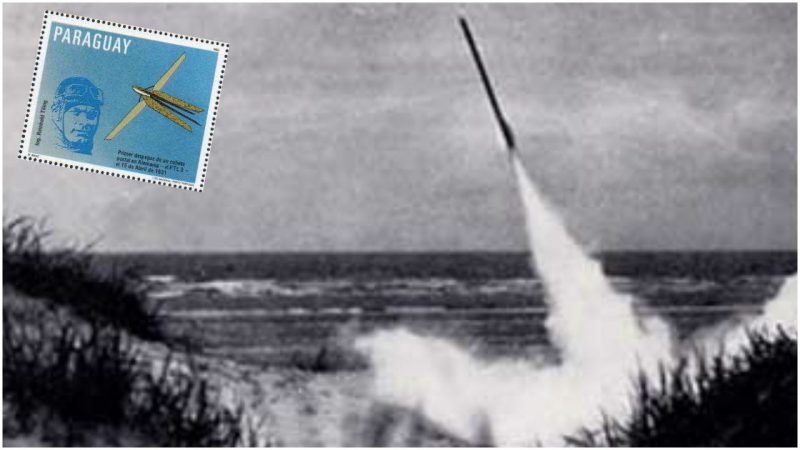Rocketry was one of the most important developments during the 20th century. Without rocketry, we would not have space travel, missile systems or even fireworks. While the concept of rockets can be traced back as far as the 13th century, viable concepts for space flight did not emerge until hundreds of years later.
The early days of modern rocketry were a wild and exciting time period. With many theories abounding, scientists rushed to develop properly functioning rockets that could achieve long-term flight.
While artillery based rocket systems had been developed in the 1800s, the idea of achieving manned spaceflight was still far off. Books proposing the theories of manned rockets would hit the presses in the 1900s.
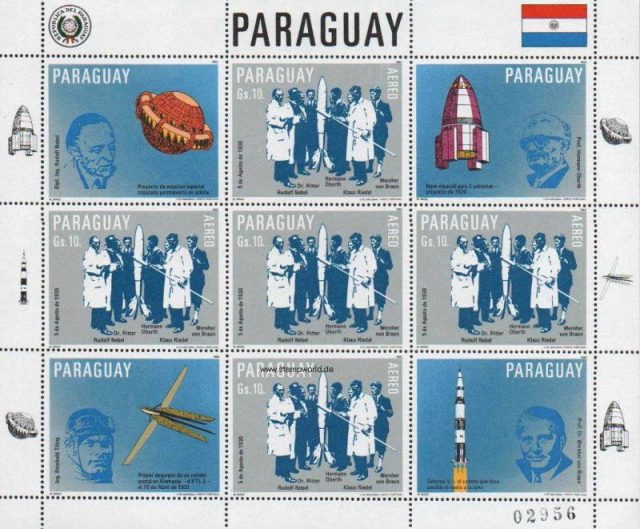
One book, a German work known in English as By Rocket into Planetary Space, would influence a young engineer by the name of Reinhold Tiling. Reinhold was a Bavarian who had served as a fighter pilot in World War 1 and was well educated in both physics and mechanical engineering.
By 1926, he was working as an air traffic controller at an airport. Working closely with air transportation would motivate him to begin experimenting in the realm of rocketry within two years.
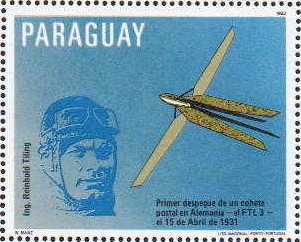
Reinhold’s rocket designs were made to be reusable rocket planes. These rockets were designed to lift off using rocket propulsion but then would land with wings. The value of this design was cost efficiency. Having to purchase entirely new parts for a whole rocket would be costly but being able to reuse the plane itself would save money and allow for more experimentation.
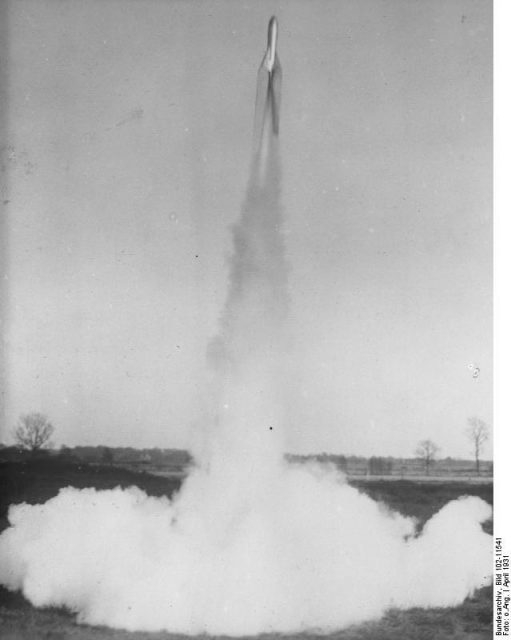
Reinhold’s career in rocketry wasn’t a particularly long or fruitful one. While he didn’t have any major contributions to the field in general, his experiments did draw a lot of public attention. One such experiment was when he was able to successfully launch a post office rocket.
Stephen Hawking Quotes
This rocket, containing 188 postcards, was designed to carry their payload safely to another destination. While this was primarily an experiment to prove that items could stay safe within a rocket, it drew a lot of attention.
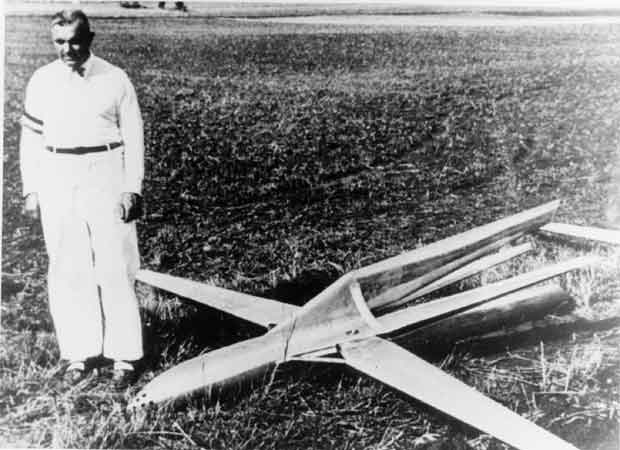
In 1931, Reinhold Tiling was able to successfully fire the post office rocket with an audience watching in awe as the rocket took off, keeping its payload safe. Unlike other scientists, who often kept their experiments secret until after their success, Reinhold had no reservations about displaying his successes and failures out in the open.
Posters advertising his rocket launches were often placed around town and newspapers were informed ahead of time, in the hopes of garnering enough attention. Whether Reinhold Tiling was wanting publicity to increase his own personal fame or if he was just looking to gain attention for more funding is unknown.
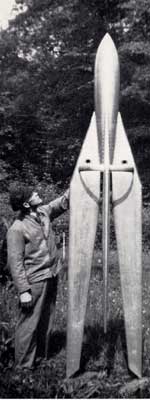
Reinhold Tiling’s work in rocketry would come to an unfortunate end in 1933. On October 10, 1933, there was an explosion within Tiling’s workshop. The explosion was caused by a powder compound that was overheated for the purpose of fueling rockets.
He, his assistant, and his mechanic were all in the workshop at the time and suffered from serious burns. Despite his initial survival of the event, the wounds were too great and Reinhold Tiling died the following day, as did his assistant and mechanic.
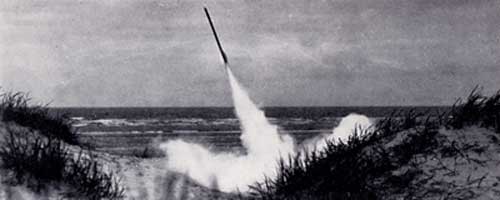
Reinhold Tiling would have undoubtedly continued to contribute to rocketry within Germany had his life not been tragically cut short due to the accident. While he might not be well remembered in the history books, nor will his name be among the great men in rocket science, he was still a pioneer.
Without men like him, who were willing to take risks and experiment with new forms of transportation, space travel would still be nothing more than a pipe dream.
Andrew Pourciaux is a novelist hailing from sunny Sarasota, Florida, where he spends the majority of his time writing and podcasting.
